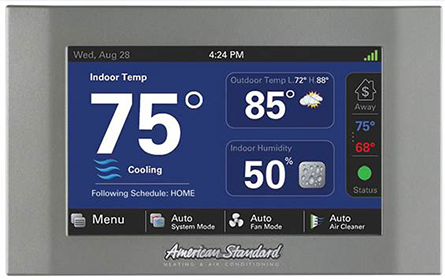Air Conditioner Running Low on Refrigerant? Here’s What the Law Requires in Canada
When your air conditioner isn’t cooling properly, one of the most common culprits is a refrigerant leak. These leaks can be tricky to track down, especially if they’re small or hidden in hard-to-reach areas
Canada has strict regulations under the Ozone-depleting Substances and Halocarbon Alternatives Regulations (ODSHAR) and the Environmental Protection Act. These rules prohibit knowingly venting or releasing refrigerants like HCFCs and HFCs into the atmosphere because they are harmful to the ozone layer and contribute to climate change.
If an AC system is low on refrigerant, it’s a clear sign of a leak – refrigerant is not supposed to be consumed or depleted during normal operation.
You cannot just top up an air conditioner if it’s low on gas.
In Canada, you must
• Find and repair the leak.
• Test for leaks after the repair.
• Then recharge the system with refrigerant by a certified professional.
What is a Nitrogen Leak Test?
A nitrogen leak test uses high-pressure nitrogen gas to check your air conditioner’s sealed system for leaks. Nitrogen is an inert, non-toxic gas, making it ideal for this job. Unlike refrigerants, it doesn’t harm the environment or introduce moisture into your system.
The process involves removing any remaining refrigerant, filling the system with nitrogen under pressure, and monitoring for pressure drops that indicate leaks. If a leak is found, technicians can pinpoint the exact location using soap bubbles or ultrasonic detectors. This method is thorough and effective, even for the smallest leaks.
How Long Does the Process Take?
For a typical residential air conditioner, a nitrogen leak test takes about 3-4 hours total. It’s not a quick fix, but it’s an essential step to ensure your system can be recharged with refrigerant safely and without wasting expensive gas.
Nitrogen tests are best for thorough, high-pressure checks and can find even the most stubborn leaks.




